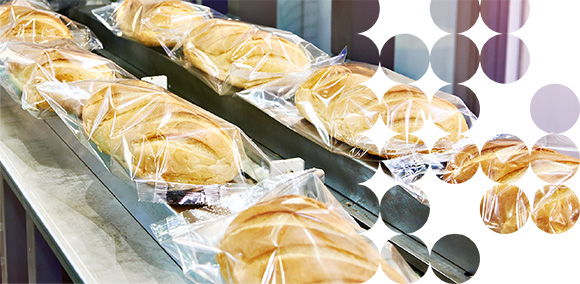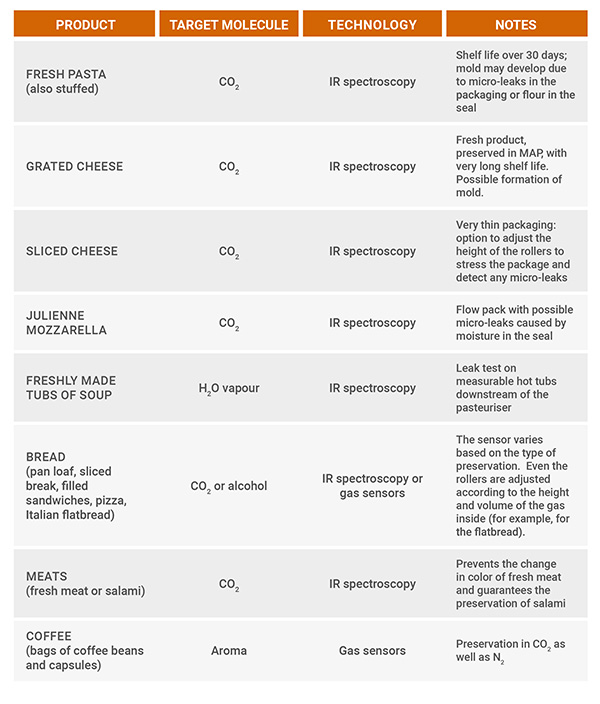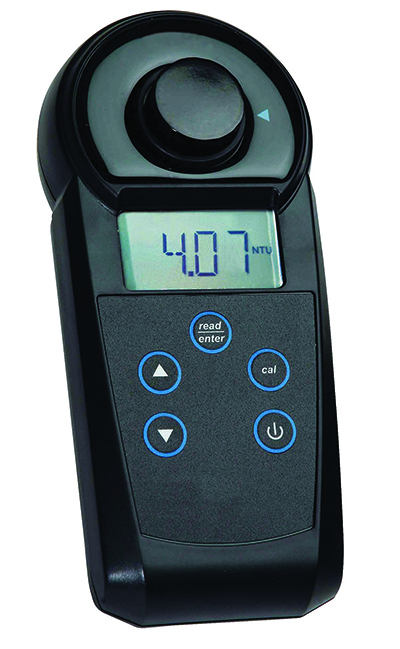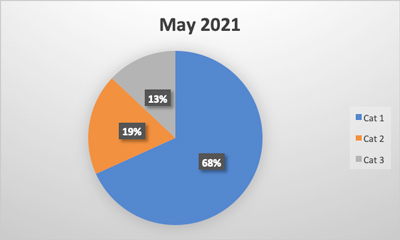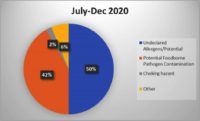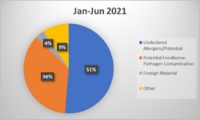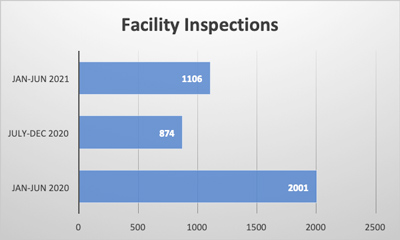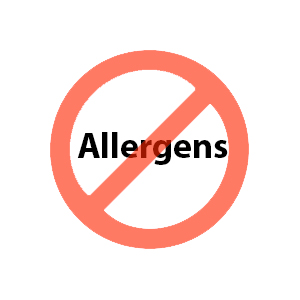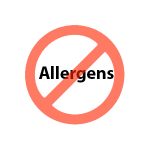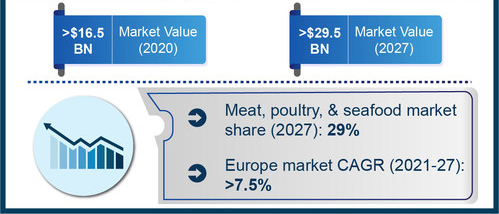While the COVID-19 pandemic caused monumental disruption and chaos for the food industry, the silver lining is that it resulted in five positive (and permanent) changes as we move forward in our “new normal.” A common denominator for all these changes is technology, which is driving more informed decisions, additional transparency, training support, auditing improvements and increased collaboration.
1. Technology Is Making us Safer and Smarter
The pandemic led to increased use of and comfort with technology, and tech tools are game changers when it comes to elevating safety and quality. Food businesses are increasingly using digital tools for critical tasks, such as inspections and line checks, and tech solutions make these efforts faster, easier and more accurate than manual processes. Tech solutions can provide comprehensive views of a business—by location or across an enterprise—helping operators identify and resolve issues quickly and completely.
Many operators are relying on tech tools and software to review and analyze real-time data so they can make more informed business decisions. For instance, they can easily access historical sales patterns to help improve a variety of operational decisions, from staffing decisions to re-order quantities.
Digital solutions allow brands to streamline operations, improve safety and quality management, manage (or cut) costs and improve inventory, scheduling and ordering.
2. A More Effective Approach to Audits
Historically, food businesses relied on annual or semi-annual in-person inspections but, as it turns out, these traditional audits were not an ideal approach. Many food business employees dreaded these inspections, viewing independent auditors with trepidation. Employees worried they would be punished for any violations that the auditor found. The auditors looked for infractions but didn’t help teams correct areas of noncompliance or educate them on how to mitigate risks. There was no collaboration or education associated with the inspections, and the audits felt punitive and demoralizing.
During the pandemic, travel restrictions meant that food businesses had to figure out new ways to inspect their facilities. As a result, employees had to collaborate to identify (and fix) issues and improve compliance through more frequent self-inspections. More organizations used a remote auditing approach, which allowed employees to interact with auditors, ask questions, get immediate feedback and learn more about the process.
When employees were involved in the inspections, they became more invested, engaged and empowered. They started to feel responsible for their organizations’ safety and quality successes, rather than feeling accountable for mistakes. Once they better understood what to look for, they could watch for safety and quality infractions during their daily shifts and correct any issues immediately.
This combination approach (traditional, remote and self-audits) provides significant benefits, including greater oversight and data collection, more frequent inspections and more employee engagement. Moving forward, many brands will use all three auditing methods and enjoy many benefits of doing so.
3. Collaborative Cultures Are the New Norm
The rise of collaborative coaching is a very exciting and positive development that has evolved over the past few years. As mentioned above, food businesses are moving towards a continuous quality model with more frequent self-assessments and collaborative coaching in addition to traditional onsite audits. Additionally, many brands are hiring safety and quality coaches, who work with locations to teach their teams more about proper protocols, empowering them to take more responsibility for these efforts.
These coaches don’t just lecture employees about the safety rules, they explain why the rules are so critical, helping teams understand the importance of compliance. They also make employees feel like part of the solution, rather than part of the problem. This effort helps build strong food safety cultures and environments of continuous learning, while also boosting compliance and reducing risk. The result is safer businesses, products and practices.
4. The Rise of Transparency
Guests and employees want transparency about how brands are keeping them safe and healthy. They want to see businesses taking new COVID-19-related protocols seriously, with regular monitoring of CDC recommendations, constant cleaning and sanitizing, regular handwashing, employee temperature checks, etc. During times of COVID spikes, they want to see employees wearing masks and practicing proper social distancing. Gone are the days of employees being expected to work while ill.
In addition to heightened safety transparency, many organizations are increasing data transparency to improve and streamline operations. Brands that use digital tools and software have better, more accurate and holistic views of data. They can use this information to boost efficiency, cut costs, schedule smarter, maintain accurate inventory and make more informed operational decisions, as opposed to relying on gut instinct.
5. Increased Need for Training and Cross-training
Food safety training was essential before the pandemic hit, and now ongoing training has become a top priority. Every employee should be educated about food safety rules, COVID-19 protocols and how to correctly use tech tools to maximize safety and minimize risks. Employers must make training part of each new employee’s onboarding process—especially as our industry experiences record high turnover—but don’t view it as a “one and done” endeavor. Training should be ongoing.
Food providers are using technology to push out reminders and updates directly to employees’ phones so that resources are available right at their fingertips and everyone gets consistent information. Due to COVID-19 and the ongoing worker shortage, we have also learned the importance of cross-training. Employees should be trained to handle multiple roles and responsibilities, so if someone is out sick (or quits), staff members can be deployed wherever they’re needed.
Employers and employees are moving away from viewing training as a chore and instead viewing it as an opportunity to improve knowledge and behaviors. The key to long-term improvement and compliance is ongoing training and a willingness to take immediate corrective actions if/when employees aren’t following protocols to ensure compliance.
There is no denying that the COVID pandemic has been tremendously disruptive to our industry. However, positive changes have emerged from the chaos. The food industry has shown incredible resiliency, flexibility and tenacity throughout this difficult time, and has adopted new protocols, leveraged innovative technologies, increased transparency and embraced collaboration. These changes will likely be permanent, which is good news for the health and safety of our guests, employees and businesses.



